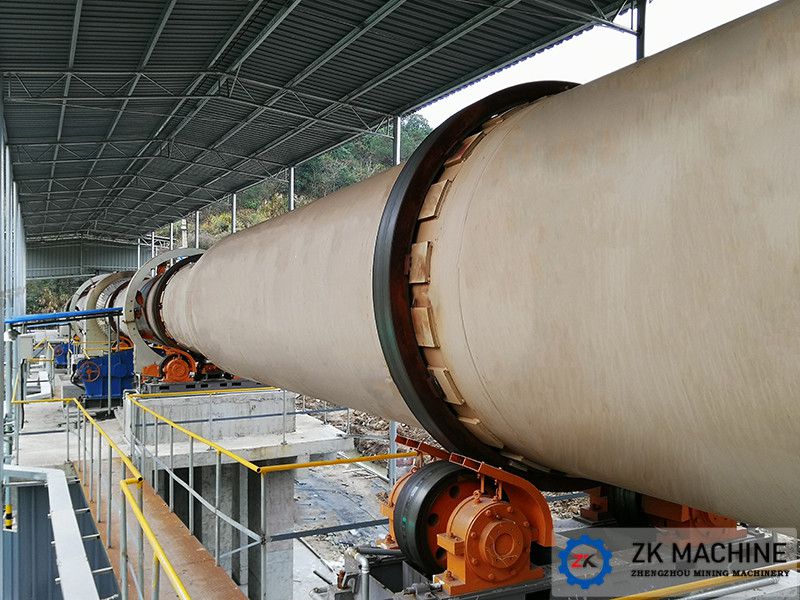Precautions for Masonry of Rotary Kiln
Date:2020-11-06 Source:zk corp Views:
The operation rate of the rotary kiln has a great relationship with the quality of refractory brick masonry. It must be carefully constructed in strict accordance with the technical requirements of refractory brick masonry. The specific requirements are as follows:

1. Before the refractory bricks are built, the wind turbine shell should be thoroughly and carefully inspected to clean the interior of the warehouse.
2. When laying masonry, regardless of the alternative masonry method, the masonry must be built strictly in accordance with the baseline, and the masonry must be laid out. Before the refractory bricks are laid, the line should be laid out: the baseline of the warehouse should be placed at a distance along the surrounding direction, and each line should be parallel to the cached variable; similarly, the reference line of the ring should be spaced at intervals Put one distance, and the circular lines should be parallel to each other and perpendicular to the value of the warehouse.
3. The basic requirements for bricklaying in the warehouse are: the brick lining is close to the warehouse shell, the bricks and bricks must be tight, the brick joints must be straight, the crossing circle must be accurate, the bricks must be locked firmly, in a good position, not sagging, and not falling out. In general, to ensure that the refractory bricks and the storage body have a reliable concentricity in the storage, the stress of the brick lining should be evenly distributed on the entire cellar lining and on each brick.
4. Bricklaying methods are divided into two categories: ring masonry and staggered masonry. New cellars and cylinders are well organized and the deformation is not serious. Ring masonry is generally used; the cylinders are deformed more seriously and the bricks used are of poor quality. In the cellar, the staggered masonry method can be used in the high alumina bricks and clay bricks.
5. When ring-laying, the ring-to-earth deviation is allowed 2mm per meter, and the maximum length of a construction section is 8mm. When staggered, the vertical deviation per meter is allowed to be 2mm, but the maximum allowable length of the whole ring is 10mm.
6. The last brick of each circle (except the last circle) is pushed in from the side of the brick lining (in the direction of the axis of the revolving cellar) to complete the whole circle of masonry, and pay attention to adjusting the brick type as far as possible not to use it. Dry-laid joint steel plate is generally 1-1.2mm, the width of the steel plate should be about 10mm smaller than the width of the brick, the steel plate shall not exceed the brick edge, and the phenomenon of steel plate sounding and bridging shall not occur.
7. After the refractory bricks are built, all the lining bricks should be cleaned and fastened thoroughly. It is not advisable to transfer the cellar after fastening, and should be ignited in time and baked according to the drying cellar curve.

